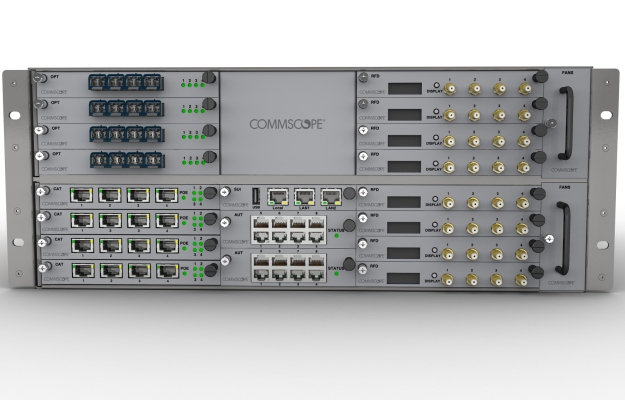At the Mobile World Congress (MWC 2014), CommScope today announced new architecture for in-building wireless systems.
CommScope says ION-E is a unified wireless infrastructure platform designed around IT-based structured cabling architecture, said CommScope at the MWC 2014.
The ION-E brings together licensed wireless and power plus Gigabit Ethernet for Wi-Fi into one unified wireless network that can scale to building size and is technology and spectrum adaptive.
It features multi-band, multi-operator and multi-technology capabilities and uses the standard IT structured cabling infrastructure common to most commercial buildings. The ION-E is currently available for operator trials in Europe with expected general availability in other regions in the second half of 2014.
Morgan Kurk, senior vice president, Wireless, CommScope, said: “It combines the capability and flexibility of cloud RAN while making DAS simple and unifying the local area and wide area networks. This intelligent transport system can finally fulfill the promise of small cells.”
The ION-E simplifies implementation by using the structured cabling systems familiar to IT installers, along with providing a simple user interface for setup and configuration with minimal input.
Today’s modern buildings require flexibility to handle floor space layout changes, the relocation of users, or other changes that would require an extensive rework of the wireless system. As a multi-band, multi-operator and multi-technology platform, the ION-E employs a standard grid approach and supports on-demand software defined frequencies to flexibly adapt to changing requirements.
The ION-E platform scales to support buildings from 5,000 to 500,000 square meters. It is frequency agile and technology agnostic, eliminating the need for costly infrastructure and equipment upgrades.
The world lacks people who have RF design expertise. This limits the deployment of traditional distributed antenna system (DAS) networks at a time when deploying indoor networks within enterprise buildings is increasingly in demand.
The ION-E self-detects and self-configures its components, while sending alarm notifications when it detects network issues.






